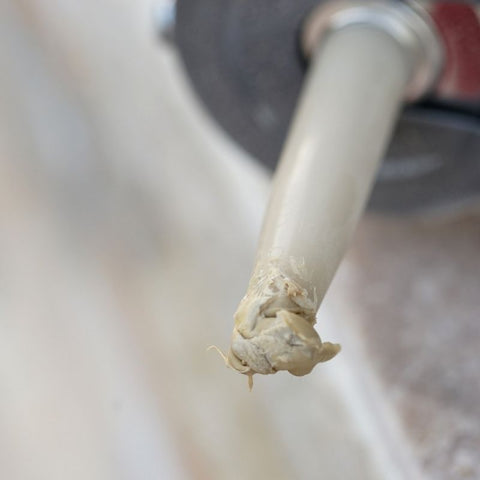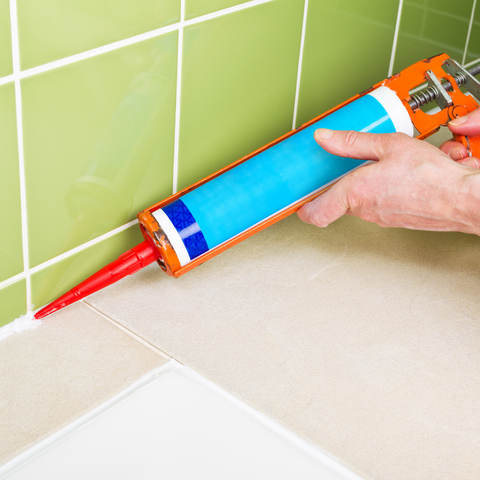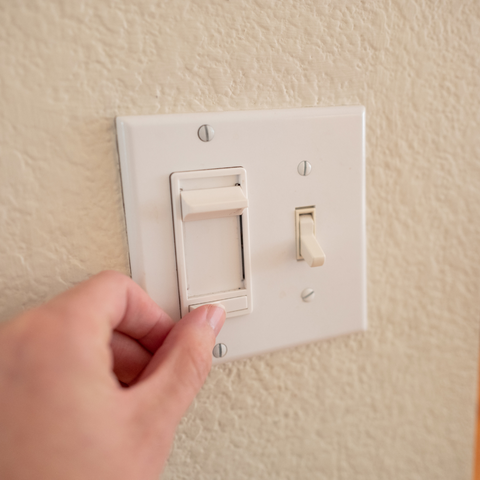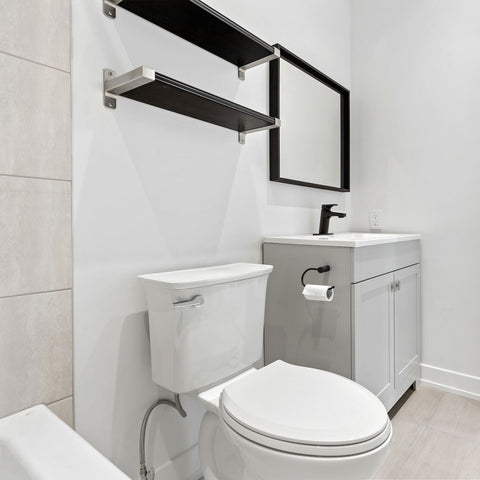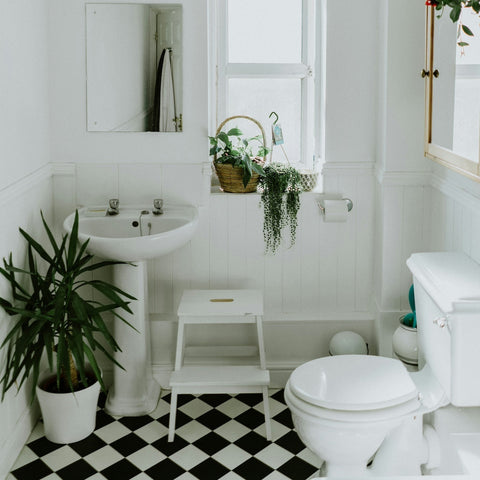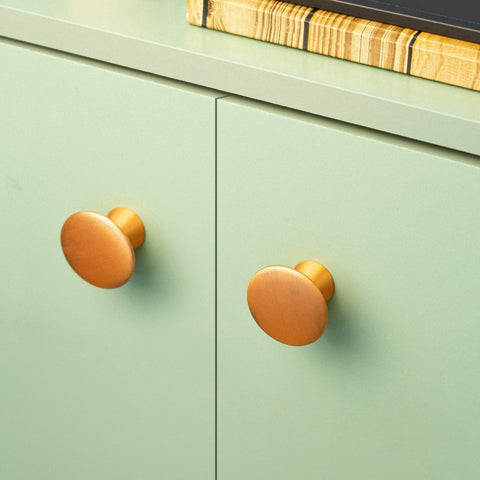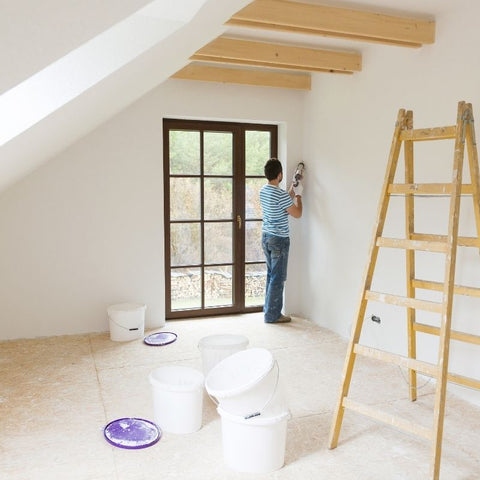
Caulking not only works to give a finished project a professional finish, it also has an important purpose in sealing out moisture and air from leaking through any gaps and cracks in your home.
It can be an intimidating task for many DIYers but before you go calling a plumber about that leaky sink, let’s go through a quick rundown on the different types of caulk and when to use them because as long as you’re equipped with the right materials, caulking is a very doable DIY project!
